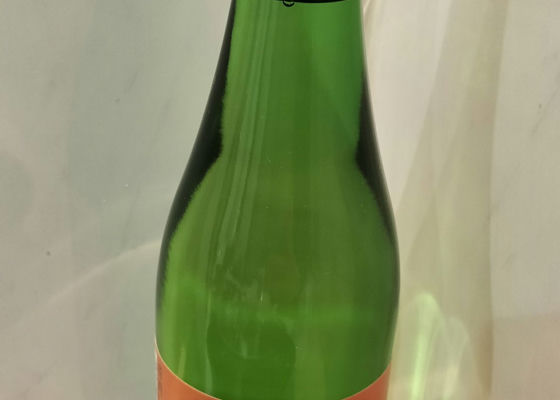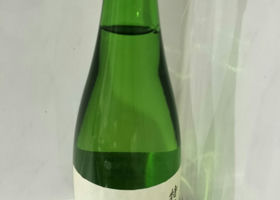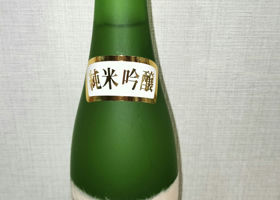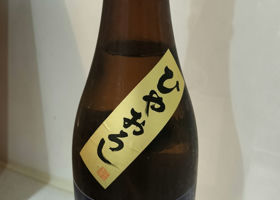

GMN4
When you drink it, it tastes like an adult cider, with a little bit of a sizzle and a gentle sweetness.
It is delicious lukewarm, but the sweet and tasty flavor is still there.
The next day, the sharpness and sizzle become less pronounced, and the sweet and tasty flavor can be felt even more.
Japanese>English


































